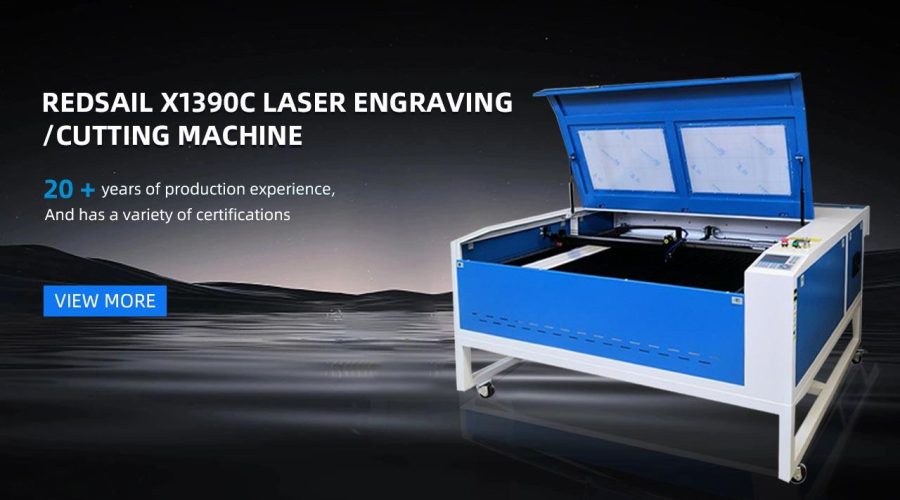Today, I will bring you the maintenance of the protective lens in the laser cutting machine and the solutions to common problems. As the name suggests, the protective lens is used to protect the inner lens of the laser head from dust and slag splashing. It is an essential small original of the laser cutting machine.
The prices of protective lenses on the market vary greatly from tens of yuan to hundreds of yuan, and the quality is also different. If the lens is not selected properly, it will cause frequent damage to the protective lens and unstable product quality, which will cause damage to the enterprise. loss, so we need to pay special attention to it. Although the laser head protective lens is a wearing part, in order to improve the utilization rate and reduce the production cost, the protective lens can be cleaned regularly to achieve the purpose of reuse. The following are three cleaning steps.
Cleaning steps
1: The protective lens of Datu Laser is made of imported quartz material, which has good wear resistance and high temperature resistance, and is not easy to leave scratches. However, you should also pay attention when cleaning the lens. Do not directly handle the protective lens with your hands. You can wear gloves It is more convenient to use optical tweezers or vacuum tweezers for smaller lenses.
2: Generally, it is necessary to check the condition of the protective lens of the laser cutting machine before use and before and after cleaning. Because of the small size of most contaminants and surface defects, magnification equipment is often used when inspecting lenses. In addition to magnifying the equipment, sometimes we need to illuminate the optical surface with a beam of brighter light to enhance the specular reflection intensity of surface contaminants and defects, which can make it easier to find contaminants and defects.
3: When cleaning the protective lens of the laser cutting machine, wipe paper and optical-grade solvents are often used to prevent it from being damaged by other pollutants. Wipes must be moistened with a suitable solvent and not used dry. Available wipes are cotton wipes or applicators such as cotton balls, lens tissue, and cotton swabs.
Doing a good job in the daily maintenance and cleaning of the laser head protective mirror will greatly slow down its wear and tear. However, in more cases, it is due to other adverse factors that accelerate the aging and damage of the protective mirror. Let’s talk about some common protective mirror problems and their solutions.
Black and white dots appear
Appear black spots
Most of the black spots on the protective lens are slag splashed and adhered to the lens, which reflects the importance of regular inspection and cleaning of the protective lens. If the black spots on the lens cannot be found in time, it will affect the protective lens if it accumulates over time. The light transmittance affects the focal length, so that the laser beam cannot be well focused on the surface of the plate, which affects cutting. In severe cases, the protective mirror will become thinner and penetrated, lose its protective effect, and cause damage to the laser head.
Solution:
Generally speaking, it is difficult to remove black spots on the protective lens, because the black spots have adhered to the protective lens and invaded the protective lens. At this time, the protective mirror is no longer usable, so it can only be replaced with a new protective mirror. If you want to slow down the black spots on the protective mirror, the most important thing is to reduce the splash of slag. This requires checking the focus, power, auxiliary air pressure, etc. and adjusting them in combination with the processing quality of the workpiece. Determine where the problem is based on the cutting effect of the packaging material, and then proceed. Mediation.
Appear white spots
The cause of white spots is generally because the cooling water in the cold water tank is impure, or the equipped air compressor needs to be cleaned. Therefore, the cooling water should be replaced in time, and the air compressor should be cleaned at the same time.
Protective mirror fogging
Choosing air compressed gas as the auxiliary gas can reduce the cost. However, if you do not pay attention, condensation and fogging may occur on the protective mirror. This is because some water vapor in the compressed air may not be completely discharged. Equipping an air compressor can not only reduce cutting costs, but also reduce fogging. The occurrence of the phenomenon, improve the cutting quality of the workpiece.





